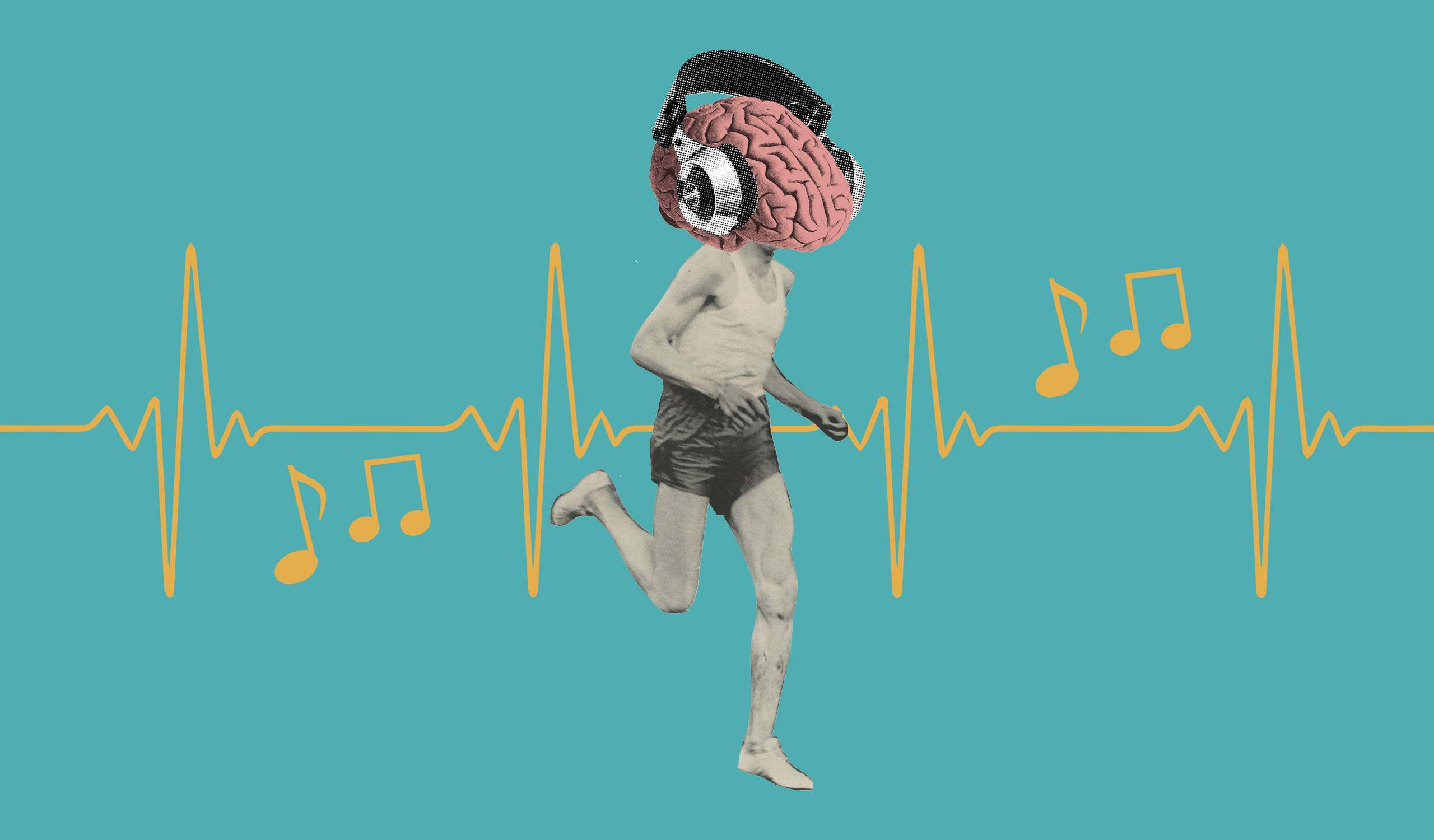How Music and Exercise Go Hand in Hand
By David Rolland
Like peanut butter and jelly or Beyonce and Jay-Z, music and exercise seem to be inseparable. Starting in the 1980s when gym memberships began taking off, gym loudspeakers always cranked out tunes. Walk out to any track or bike path and more joggers and cyclists than not will have AirPods in their ears tuned into to a particular playlist. Even go to an arena to see your favorite professional team playing and you will hear as much music as you will see three point shots or power plays.
Scientists through the decades have had a go at trying to explain this connection. Way back in 1911 statistician Leonard Ayres conducted a study that found cyclists pedaled faster while a band was playing than while cycling in silence. His was the first study of many that had Scientific American magazine write in 2013, “Music distracts people from pain and fatigue, elevates mood, increases endurance, reduces perceived effort and may even promote metabolic efficiency. When listening to music, people run farther, bike longer and swim faster than usual—often without realizing it.” They go so far as to quote scholar Costas Karageorghis who claimed music is, “a type of legal performance-enhancing drug.”
In 2016 kinesiologists Nicole M. Harmon and Len Kravitz rounded up all the studies that found music affected exercise and came to the conclusion that music provides athletes, “a reduction in the feeling of fatigue, an increase in levels of psychological arousal, a physiological relaxation response and an improvement in motor coordination.” While they admitted there was no clear answer how much stronger or faster music makes you, they state plainly, “it does seem clear that stimulative, self chosen music can provide an acute incentive to male and female exercisers of all ages and abilities.”
Marcelo Bigliassi went one step further in his studies. He and his colleagues at Brunel University London used electroencephalography (EEG) technology to monitor the brain’s response to music while his human lab rats exercised. The participants’ brainwaves were measured using EEG and, according to the data harnessed, exercisers listening to music had a 28% increase in enjoyment compared to exercisers with no music. Bigliassi wrote, “music has the potential to increase beta waves and elicit a more positive emotional state. This can be capitalized upon during other forms of exercise and render a given activity more pleasurable.”
Many non-scientists have long held this belief without any numbers to back them up. After all, what is your immediate response to hearing a catchy song other than to move your body, whether it’s to get up and shake a tail feather, or even something as subtle as tapping your feet or nodding your head to the beat? While music has long had the reputation of soothing the savage beast, it also of course amps us up, whether it’s on the dance floor, the treadmill or the basketball court. So if you’re having trouble motivating yourself to hit the weights or pound the pavement, the scientific consensus seems to be to pump up the jam.













